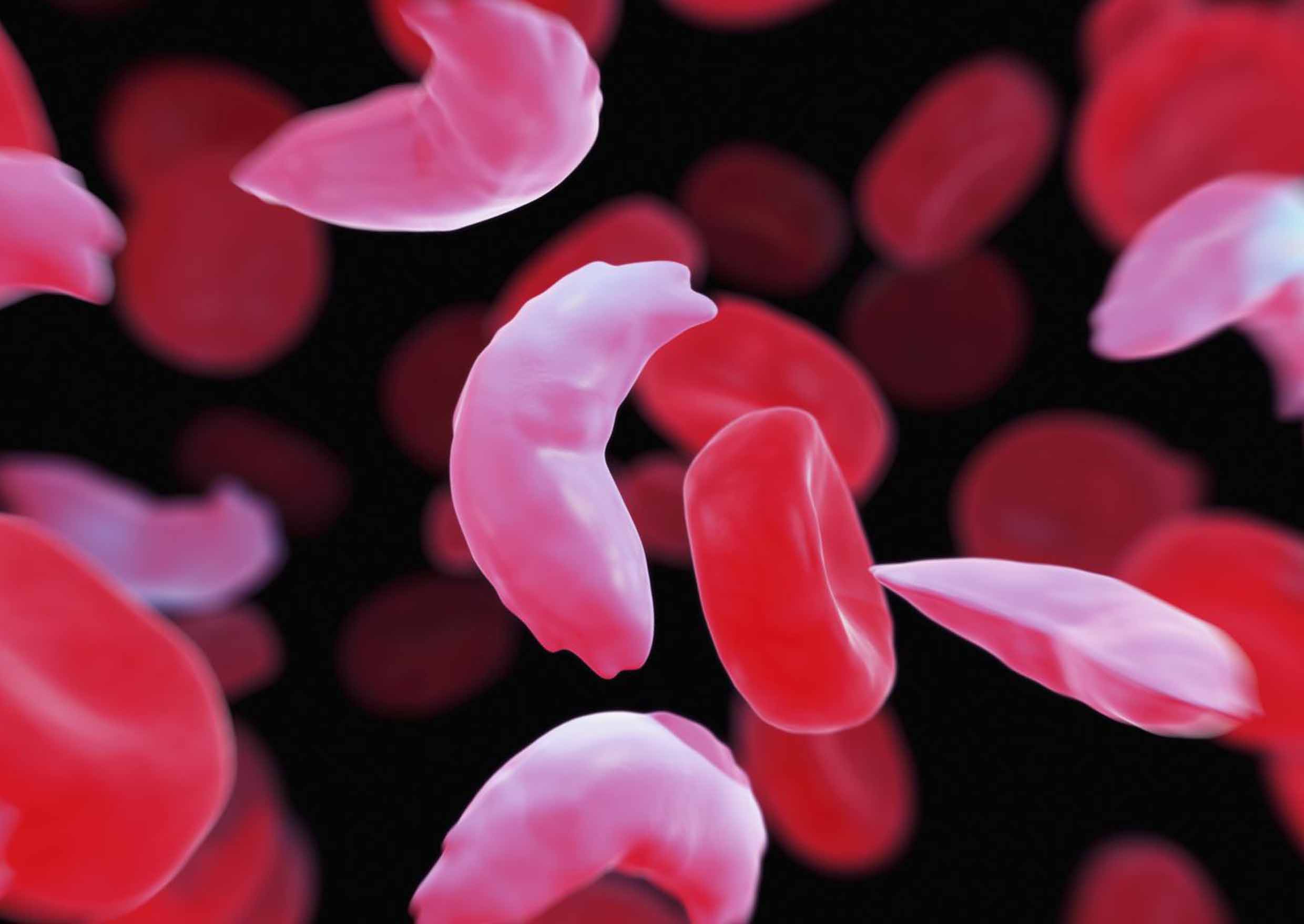What Is Sickle Cell Disease SCD, Myths, And Truths?

Red blood cells with sickle-shaped hemoglobin are a symptom of sickle cell disease, a hereditary illness that affects hemoglobin in red blood cells. This can result in blood vessel blockages, which restrict the amount of oxygen getting to different parts of the body, causing pain and harming organs and tissues. Anemia, severe crises, and heightened susceptibility to infections are only a few symptoms. The disease can affect persons of Mediterranean, Middle Eastern, and Indian ethnicity, although it most frequently strikes those with African ancestry. It has an autosomal recessive inheritance pattern and is brought on by a mutation in the HBB gene. While there is currently no treatment for sickle cell disease, it can be managed with medication to reduce symptoms and avoid consequences.
Groups Of Sickle Cell Disease
There are different kinds and groups of sickle cell disease and anyone can inherit a trait or the disease if one of their parents is a career. The following are the groups of Sickle Cell disease, one must know the group they belong, this is because each group comes with its intensity.
Below are the types of sickle cell disease;
1. Homozygous sickle cell disease (HbSS), the most serious type, is brought on by inheriting two copies of the sickle cell gene (one from each parent). As a result, the body produces aberrant hemoglobin, which is a protein found in red blood cells that is responsible for carrying oxygen to the body's tissues. The red blood cells' sickle shape, which is brought on by the aberrant hemoglobin, can result in several major health issues. Among them include organ damage to the lungs, spleen, and kidneys as well as anemia (a lack of red blood cells), pain crises, infections, and infections. When compared to people without the illness, those with HbSS frequently need frequent medical care and may live shorter lives. While there is no known treatment for HbSS, there are methods to manage the signs and avoid complications.
2. Sickle cell disease (HbAS) Sickle cell trait is a condition where a person has one gene for hemoglobin S and one gene for regular hemoglobin A. Typically, they live regular lives and show no symptoms of the illness. The hemoglobin S gene, however, can be passed on to offspring. People who have the sickle cell trait have an adequate level of normal hemoglobin to prevent the sickling of the red blood cells. This implies that they won't typically have any problems. Sickle cell trait carriers can go through pain crises. High altitudes, dehydration, and low oxygen levels in the air can all make these symptoms worse.
3. HbSCis a defective hemoglobin called hemoglobin C and the gene for hemoglobin S is inherited by people with this kind of SCD. Red blood cells' shape is altered by a mutation in hemoglobin C as well. The majority of people of West African heritage carry the hemoglobin C gene. Compared to those with sickle cell anemia, those with HbSC typically endure milder anemia and fewer consequences. Blood vessels forming around the eyes to compensate for a shortage of oxygen there is one consequence of HbSC. Proliferative sickle cell retinopathy is what this is, and it can cause vision loss. A further side effect of HbSC is decreased blood flow to the bones and joints.
4. HbS beta-thalassemia is a gene for beta-thalassemia and a gene for hemoglobin S is inherited from each parent, respectively, by people with HbS beta-thalassemia. Hemoglobin production is decreased by the condition known as beta-thalassemia. People may have very little normal hemoglobin (HbS beta zero thalassemia), no normal hemoglobin, or only a small quantity of normal hemoglobin depending on the mutation (HbS beta plus thalassemia). Patients with sickle cell anemia and those with HbS beta zero thalassemias exhibit comparable problems. Milder symptoms are more common in those who have HbS beta plus thalassemia. In the eastern Mediterranean and some parts of India, severe and moderate types are most prevalent. People of African descent frequently exhibit milder versions.
Myths and Facts About The Sickle Cell Disease
1. Myth: Only a small percentage of people have sickle cell disease, which makes it not very worrisome.
Fact: Millions of individuals all around the world suffer from the dangerous, chronic disorder known as sickle cell disease. It may result in death, severe organ damage, and excruciating pain.
2. Myth:Only individuals of African heritage get sickle cell illness.
Fact: Sickle cell disease affects individuals of all racial and ethnic backgrounds, but African Americans are most frequently affected. People from the Mediterranean, the Middle East, India, and Central and South America are also affected.
3. Myth: Individuals with sickle cell illness are unable to lead regular lives.
Fact: Many people with sickle cell disease are able to enjoy normal, productive lives with the help of adequate medical care and management. They are able to work, attend school, play sports, and engage in other activities.
4. Myth: Sickle cell illness is incurable.
Although sickle cell disease does not presently have a cure, there are medications available that can help control the symptoms and reduce consequences. The only known treatment for sickle cell disease is a bone marrow transplant, although it is not always feasible due to a shortage of appropriate donors.
5. Myth: Young deaths will result from sickle cell illness in newborns.
Fact: Many sickle cell disease patients can live into their 40s, 50s, and beyond with the right medical care. People with sickle cell disease now live longer thanks to improvements in medical care.
Why You Should Know Your Genotype Before Getting Into A Relationship Or Getting Married
Before getting married, couples must learn about their genetic makeup because it can tell them about any potential inherited genetic abnormalities or diseases that they may be in danger of passing on to their offspring.
In the long run, families and couples deal with a lot of difficulties and crises that could have been avoided had they paid attention to matters like these, but this is something that is typically disregarded.





Comments ()